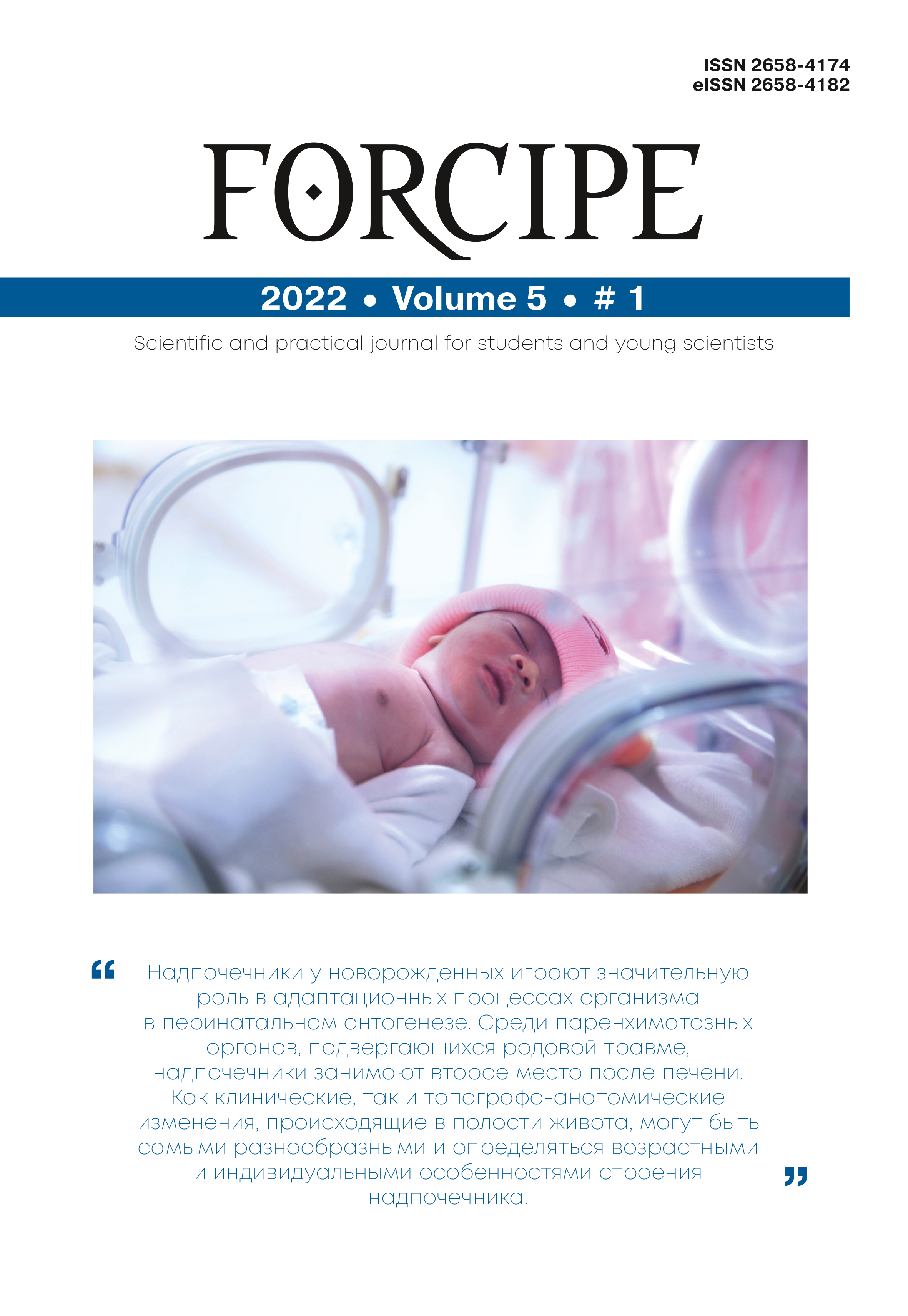AGE-RELATED TRANSFORMATION OF THE ARTERIAL PART OF THE LESSER BLOOD CIRCULATION
Abstract
Despite the fact that arteriosclerosis is a universal form of aging of blood vessels [3], age -related changes in the arteries of the lesser blood circulation have a special character, which is explained by their morphofunctional specificity. To study the structure of the pulmonary arteries, the material of male Wistar rats of young (5-6 months) and senile (24-25 months) ages was used [6]. After standard histological processing, both non -organ (pulmonary trunk and pulmonary arteries) and intra -organ arteries were examined. Analysis of the data showed that age -related transformations affected various layers of the vascular wall at all levels of the arterial portion of the lesser blood circulation. In elastic and muscle -elastic types of arteries, they consisted, first of all, in the destruction of the elastic frame, uneven expansion of the muscle gaps between elastic membranes, collagenization of the vessel wall. During the transition of the arteries from the musculoelastic to the muscular type, the greatest changes were associated with a sharp thickening of the middle tunic due to the additional spiral layer of myocytes. A significant increase in the thickness of the middle tunic was also characteristic of muscle -type arteries. Thus, it was noted that, despite a certain uniformity of age -related transformations, their nature largely depends on the structural features of the arteries.



